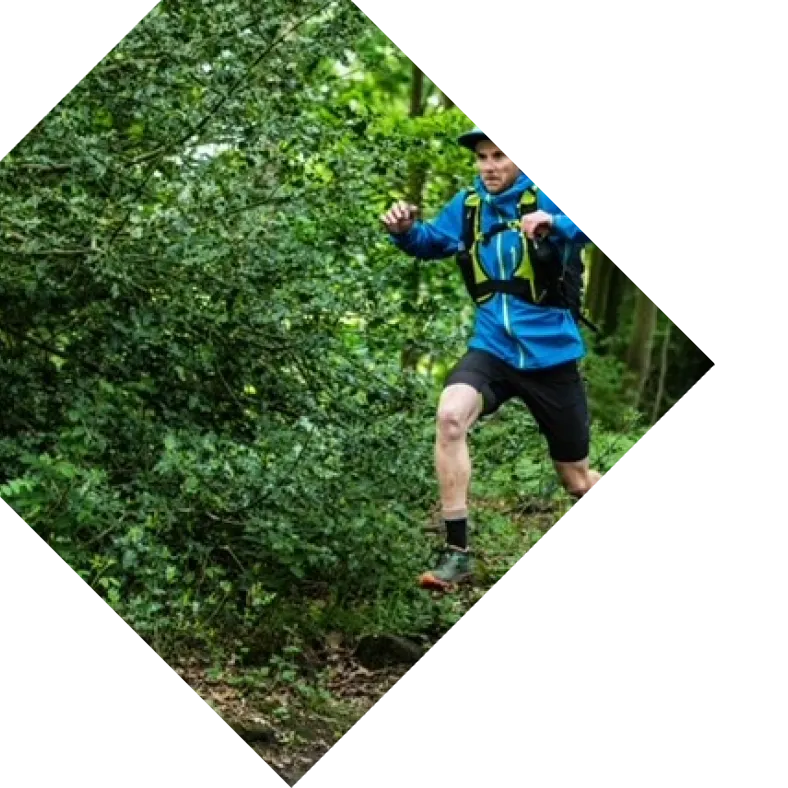Putting GORE-TEX Pro products to the ultimate test with photographer Hamish Frost
Scotland in winter is perhaps one of the hardest testing grounds for any piece of outdoor gear. We chatted to professional photographer Hamish Frost about the challenges of climbing in Scottish winter and capturing the action during the wildest conditions.
During the winter of 2021/22, Hamish worked with the GORE-TEX brand to capture content for GORE-TEX Pro products, during which he and the climbers involved put the gear to the ultimate test.

Hamish, before we move on to your photography, can you explain to us what makes winter climbing in Scotland so special, and so challenging?
There is something magically ethereal about Scottish winter climbing; our climate means that conditions are far from guaranteed and can vary hugely from day to day. Lines may only be in condition for a day or two each year and you must take your chances; whatever the weather. And all this is – more often than not – conducted in foul weather, ranging from high winds to sleet and even rain through to bitter cold.
The images within this article are from the GORE-TEX brand content project you worked on through the 2021/22 season. What was the lived experience behind the images?
The season actually started very slowly. After a brief cold snap before Christmas, January was warm with little snow on the hills. Finally, at the end of the month, a storm rolled in and Jamie Skelton, Tim Miller and I headed up to the north face of Ben Nevis, as the snowed-up rock routes there tend to come into condition fairly quickly.
February brought more winter storms and allowed us to turn our attention to some of the more ‘out there’ locations in Scotland. Jamie and Tim climbed ‘Hung, Drawn & Quartered’ on the Isle of Skye, a definite highlight of the winter. It follows an overhanging basalt dyke line on the pinnacle of Am Basteir, cutting through the steepest section of the cliff.

After refueling with pizza immediately after our day on Skye, I saw that conditions were good for the next day, so I headed back to the mainland and the iconic mountain of An Teallach on the west coast. There I was joined by Ella Wright, and we hiked in with a plan to climb a line on Lord Berkley’s Seat. It quickly became apparent that we wouldn’t be able to reach the route as we reached the approach gully to find it choked with large quantities of unstable snow. We improvised a plan to get some photos on a more accessible section of the cliff. Although it wasn’t the plan we’d initially hoped for, we came away with some good images of Ella on some likely unclimbed ground in an impressive position, high above Hayfork Gully.

One thing I’ve learned over my time photographing and climbing in the Scottish winter is that things don’t always go to plan, and although you can spend lots of time analyzing weather forecasts and snow reports, you don’t always get it right!
I finished off the project on some classic late-season ice on Ben Nevis; everything that it is famous for.
You’ve touched on some of the challenges when it comes to shooting your spectacular photos; can you give us a feel for what you are doing behind the lens?
Yeah, on any given day, all the choices that you make about climbing also affect the imagery that you can capture, and there are also loads of additional ones to bear in mind too.

For some images, I need to climb a parallel route to get in position and capture the action or build a belay off to the side. A little part of me was gutted not to get to climb ‘Hung, Drawn and Quartered’ myself, but I enjoy days like this - with a camera in hand - as much as the days hanging off a pair of axes. Stormy conditions (involving a drone crash…), some complex access and rigging to get to the top of the route, and an incredibly photogenic line at the end of it. It gave me everything I really look for in a day out shooting winter climbing.
In the end, I love that I get to spend quality days out in the mountains with great friends and have fun. They are the memories that stay with me, rather than the challenges of conditions and weather.
You were putting GORE-TEX Pro product technology to the test during this project. How did the fabrics perform?
When it comes to testing kits, I don’t think you can set a much higher bar than Scotland in winter. Working up a sweat on long walk-ins with heavy packs, then moving to stop-start climbing; groveling up thrutchy chimneys with full body contact - or finding a path of least resistance up tenuous and delicate mixed routes that need complete freedom of movement -is a big ask. For me, the ideal shell is the one that you don’t notice. What do I mean?
Well, you only notice a jacket isn’t breathable when you’re damp with sweat during a period of exertion. You only notice it’s not waterproof when it’s heavily raining or snowing, and you’re no longer dry inside. You only notice it’s not stretching when your freedom of movement is restricted whilst making a big climbing move. You only notice it’s not durable when it tears on a sharp rock. GORE-TEX Pro performs exceptionally well in all regards. Look after it properly and it won’t let you down and that’s the reason why it’s the go-to for the majority of people who winter climb in the Scottish mountains.
Speaking of looking after your kit, the ability to wash and care for GORE-TEX Pro garments easily, from home, and using the right reproofing methods, is great for giving them a fresh lease of life during a climbing season.
Images: Hamish Frost
Climbers: Jamie Skelton, Ella Wright, Tim Miller





